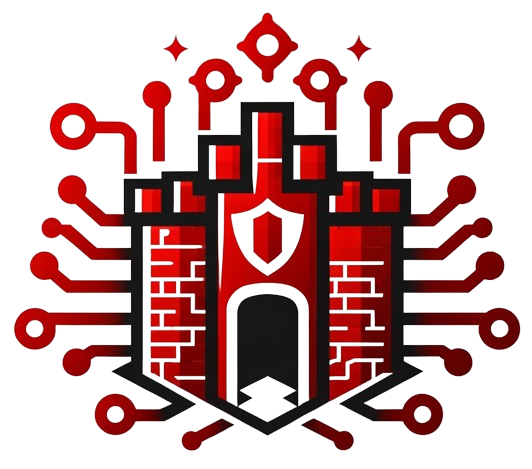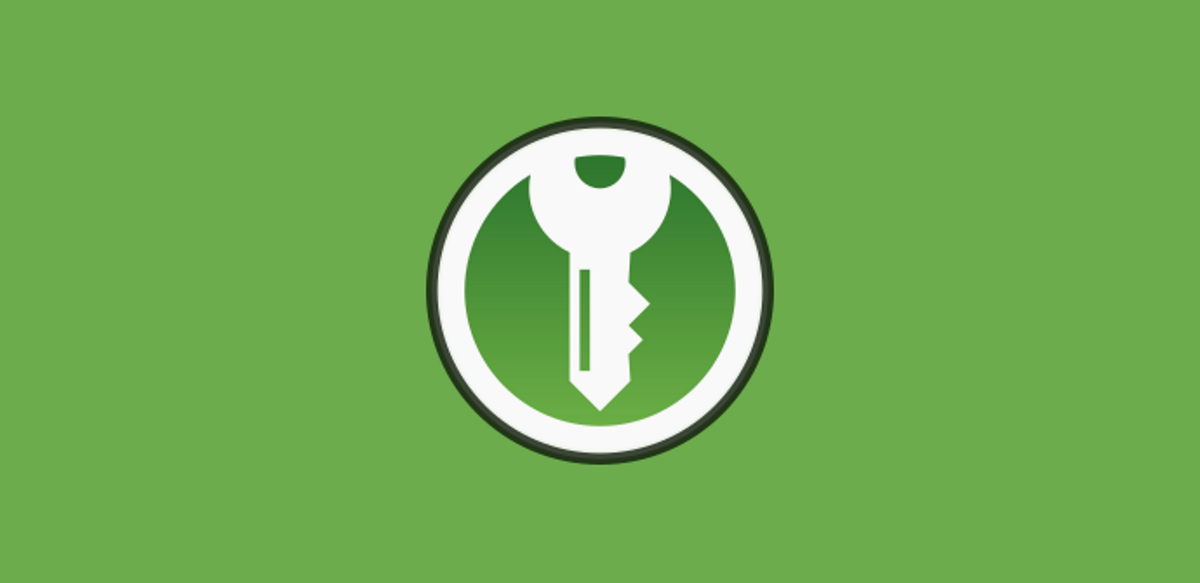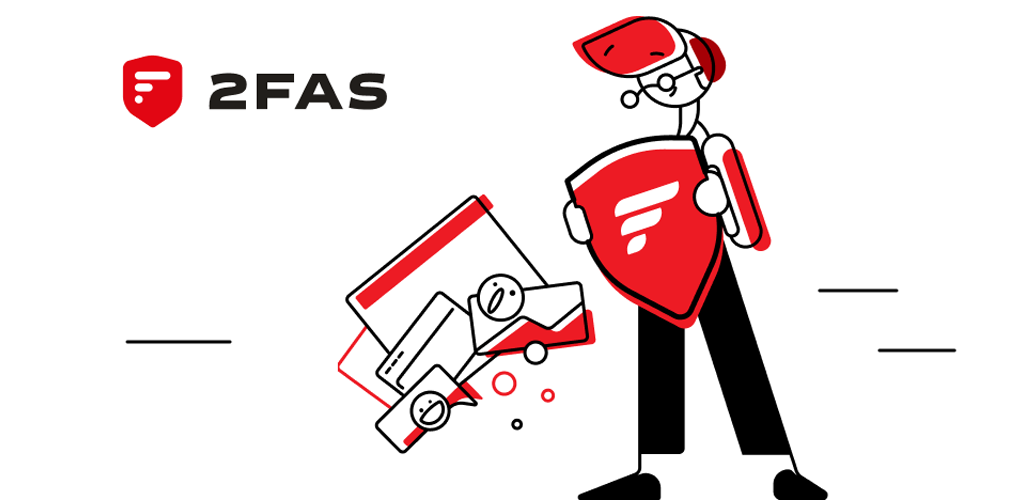KeePassXC: Building a Secure, Offline Password Fortress
Password managers are essential tools for safeguarding our digital footprints, yet many users feel uneasy entrusting their most sensitive credentials to third-party clouds. KeePassXC addresses this concern by delivering a fully open-source, offline-first password manager rooted in transparent, community-driven principles. In this review, we’ll explore KeePassXC’s technical underpinnings, its ideal audience, common use cases, real-world pros and cons, and how to get started—reflecting MyDigitalFortress’s commitment to empowering users through knowledge, security, and clarity.
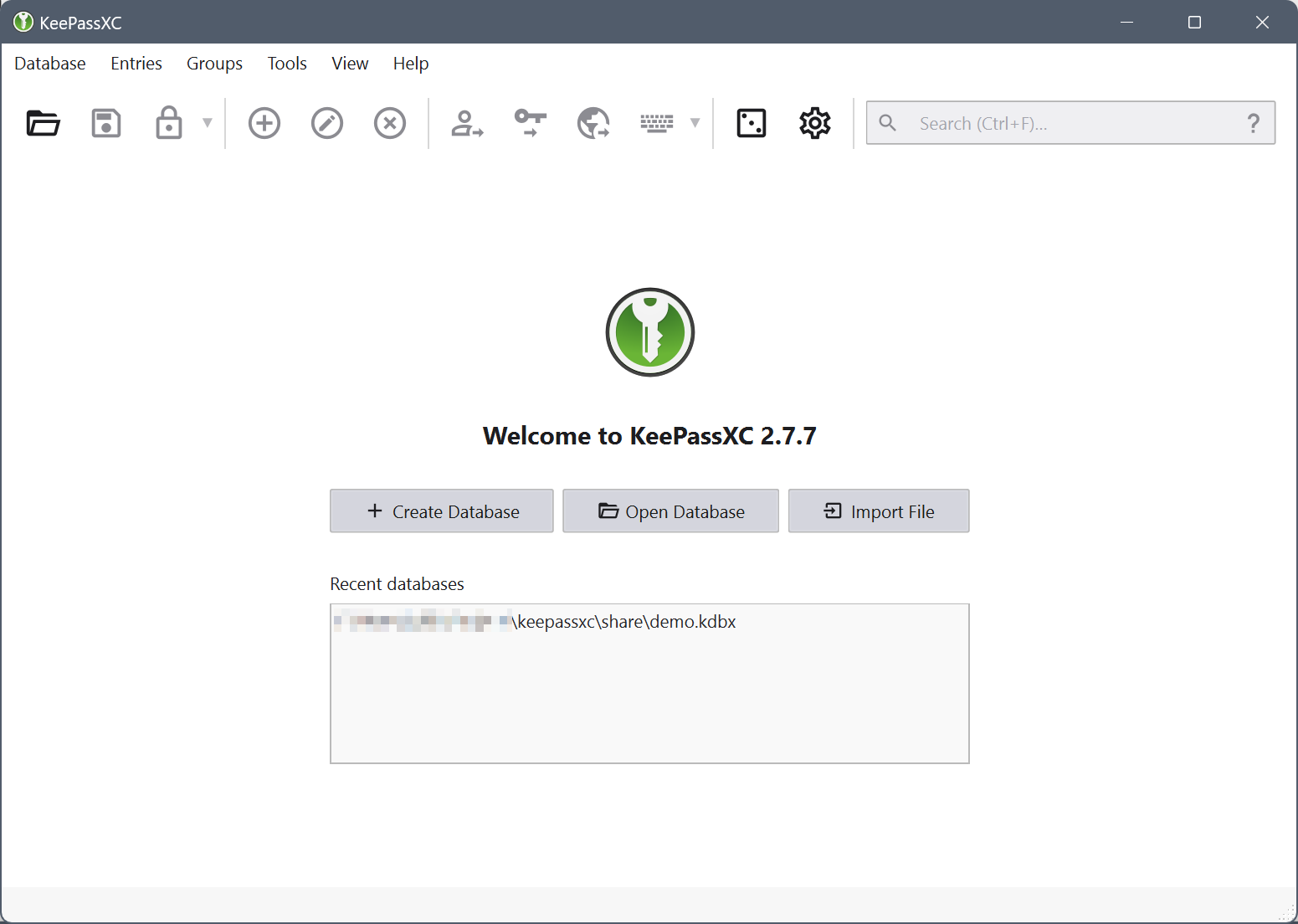
1. What Is It?
KeePassXC is an offline password manager that stores your credentials inside an encrypted database file—unlike cloud-based solutions, your vault lives wherever you choose (local drive, USB stick, or a private sync folder). It builds on the KeePass 2.x (.kdbx) format , maintaining compatibility with other KeePass-based apps and mobile clients.
Which Problem Does It Solve? With so many websites and services demanding strong, unique passwords, manual memorization is nearly impossible. KeePassXC solves this by generating, encrypting, and organizing login credentials in a secure way—putting you in total control. For those who prioritize autonomy and clarity over reliance on proprietary cloud vaults, KeePassXC aligns with MyDigitalFortress’s core principles of data ownership and transparency.
2. Technical Foundations
Offline-First Architecture
KeePassXC is primarily written in C++ and built on the Qt framework for cross-platform consistency (Windows, macOS, Linux). Because it’s offline-first, there’s no built-in sync. You can still sync your .kdbx database via third-party methods (like Nextcloud or Syncthing), but the encryption and database structure remain fully under your control.
Encryption & Key Derivation
KeePassXC uses AES-256 (or optionally ChaCha20) to encrypt your vault. For password-based key derivation, it defaults to Argon2, a modern, memory-hard KDF that thwarts brute-force attempts by making it computationally expensive. You can further enhance security by adding a keyfile, storing it on a separate device (like a USB stick) so an attacker needs both “something you know” (the master password) and “something you have” (the keyfile).
Data & Security Model
KeePassXC’s fundamental philosophy is zero trust in external servers. Data never leaves your device unencrypted, and there’s no middleman cloud infrastructure. By auditing KeePassXC’s open-source code or customizing its build, you gain complete transparency—fulfilling a core MyDigitalFortress principle: understanding how technology works is vital to controlling your digital fate.
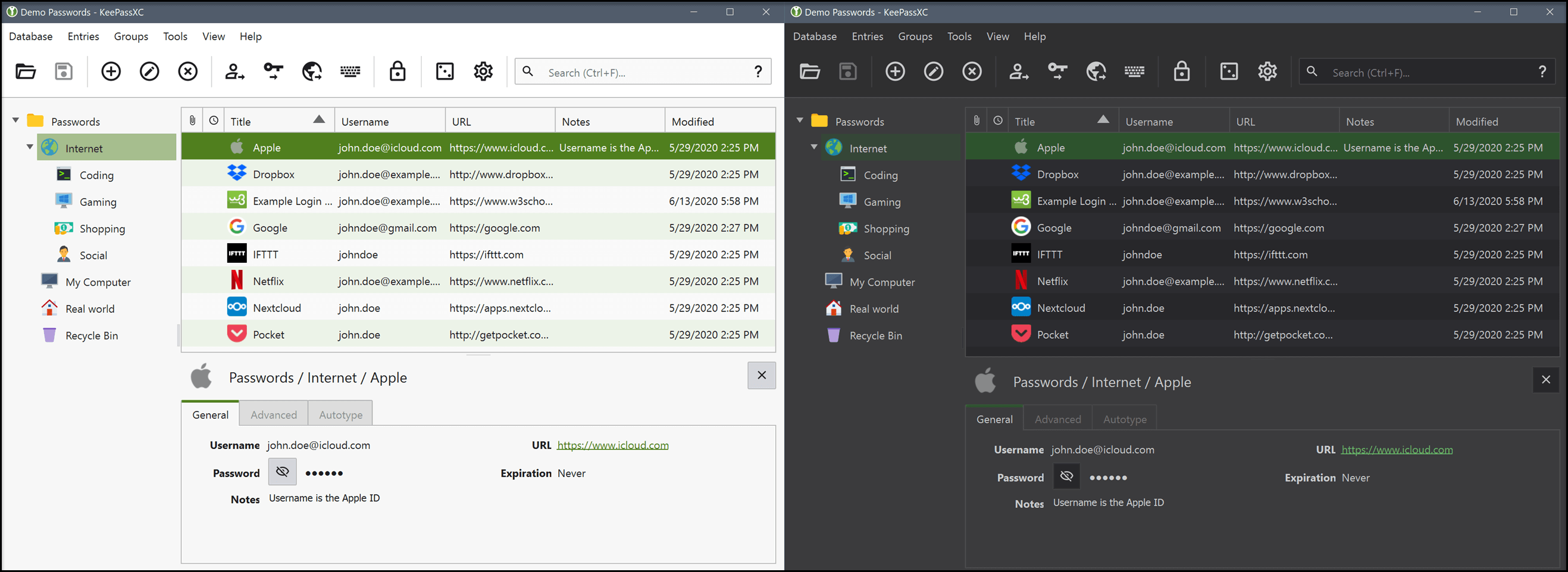
3. Who Is It For?
KeePassXC caters to privacy-conscious individuals, tech-savvy enthusiasts, and small teams that want maximum control over their password vault. It’s especially appealing if:
- You dislike cloud lock-in: Prefer offline or self-hosted solutions.
- You want transparency: Insisting on open-source code for full auditability.
- You have multiple devices: Willing to manage sync yourself (e.g., Nextcloud, Syncthing).
- You appreciate advanced security settings: Keyfiles, Argon2 customization, TOTP storage, etc.
Beginners can certainly use KeePassXC too, but there’s a moderate learning curve. If you’re comfortable with basic file management and want to avoid trusting third-party servers, KeePassXC is an excellent fit.
4. Use Cases & Real-World Examples
- Freelance Developer with Multiple SSH Keys: Instead of juggling plain-text keyfiles and random notes, they use KeePassXC to store credentials in a securely encrypted, offline vault. Syncing their .kdbx file via Syncthing across two laptops ensures up-to-date credentials everywhere.
- Family with Shared Logins: Family members host KeePassXC on a Nextcloud share, maintaining a single .kdbx file for streaming accounts or shared device credentials—no corporate cloud necessary.
- University Research Lab: Handling confidential data requires offline or campus-private storage. KeePassXC fits seamlessly into air-gapped environments where sensitive credentials can’t leave secure servers.
5. Pros & Cons
Pros
- Fully Offline & Open-Source: No third-party cloud, no black-box code.
- Robust Encryption: Modern ciphers (AES-256, ChaCha20) plus Argon2 for key derivation.
- Advanced Feature Set: TOTP generation, browser auto-fill, SSH-agent integration.
- Cross-Platform Consistency: Qt-based interface ensures uniform experience across OSes.
Cons
- Manual Sync Responsibility: You must handle multi-device syncing yourself.
- Steeper Learning Curve: Configuring Argon2 or setting up keyfiles can intimidate newcomers.
- No Official Mobile App: Rely on community KeePass-based apps for iOS/Android.
6. Getting Started
Ready to reclaim full control of your passwords? Follow these simple steps:
- Download & Install: Visit the KeePassXC download page for Windows, macOS, or Linux packages.
- Create Your Database: Launch KeePassXC, click “New Database,” and choose a strong master password. Consider generating a keyfile for extra security.
- Adjust Argon2 Settings: In “Database Security Settings,” set memory cost and iterations to recommended values for your system (e.g., 64 MB or more). If you’d like to dive deeper, check out the official KDF Settings Guide.
- Store Entries: Add your logins, notes, or TOTP secrets. Use categories and folders for organization.
- Sync or Backup: If you need multi-device access, place the .kdbx file in a self-hosted sync folder (e.g., Nextcloud). Always keep offline backups.
7. Conclusion & Next Steps
KeePassXC embodies the MyDigitalFortress ethos of transparency, security, and user empowerment. By storing passwords offline in a format you control, you minimize reliance on corporate vaults or unknown cloud providers. Thanks to its open-source, audited code and modern cryptography, KeePassXC provides a robust defensive perimeter around your digital life.
Next steps? Experiment with auto-type or browser integration for frictionless logins. Dive deeper into advanced features like SSH-agent or keyfile usage to reinforce your fortress. Your data, your rules—no middleman required.
